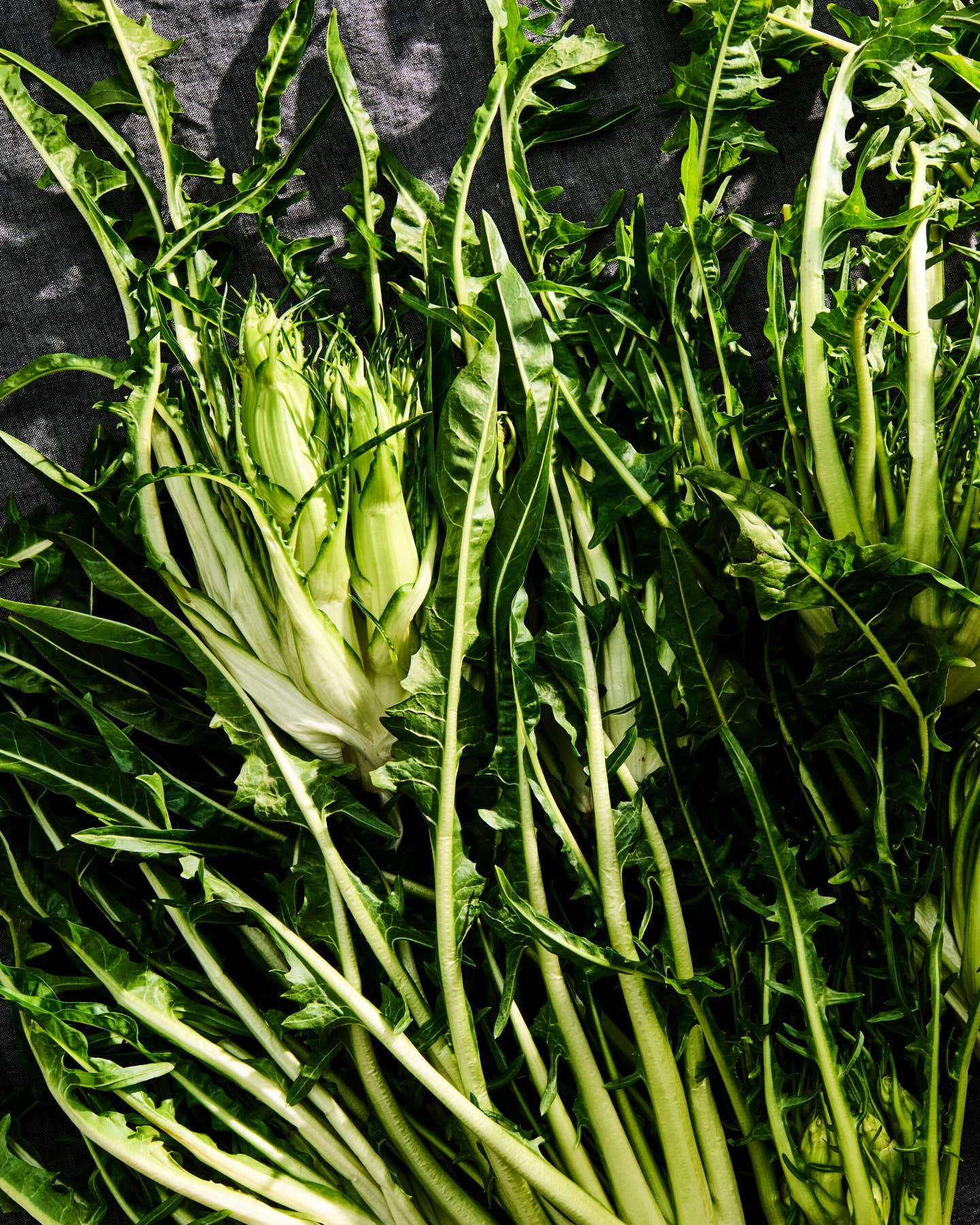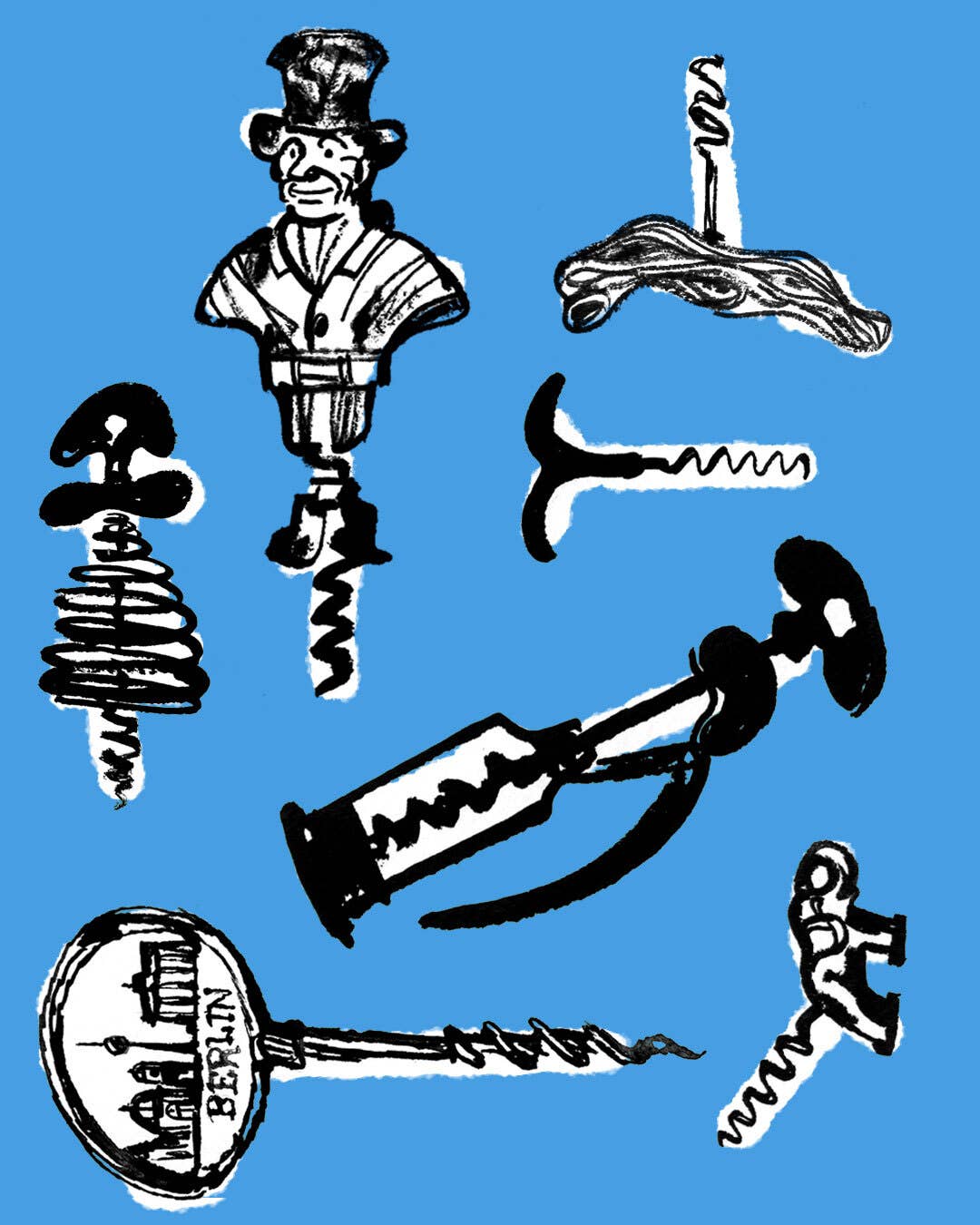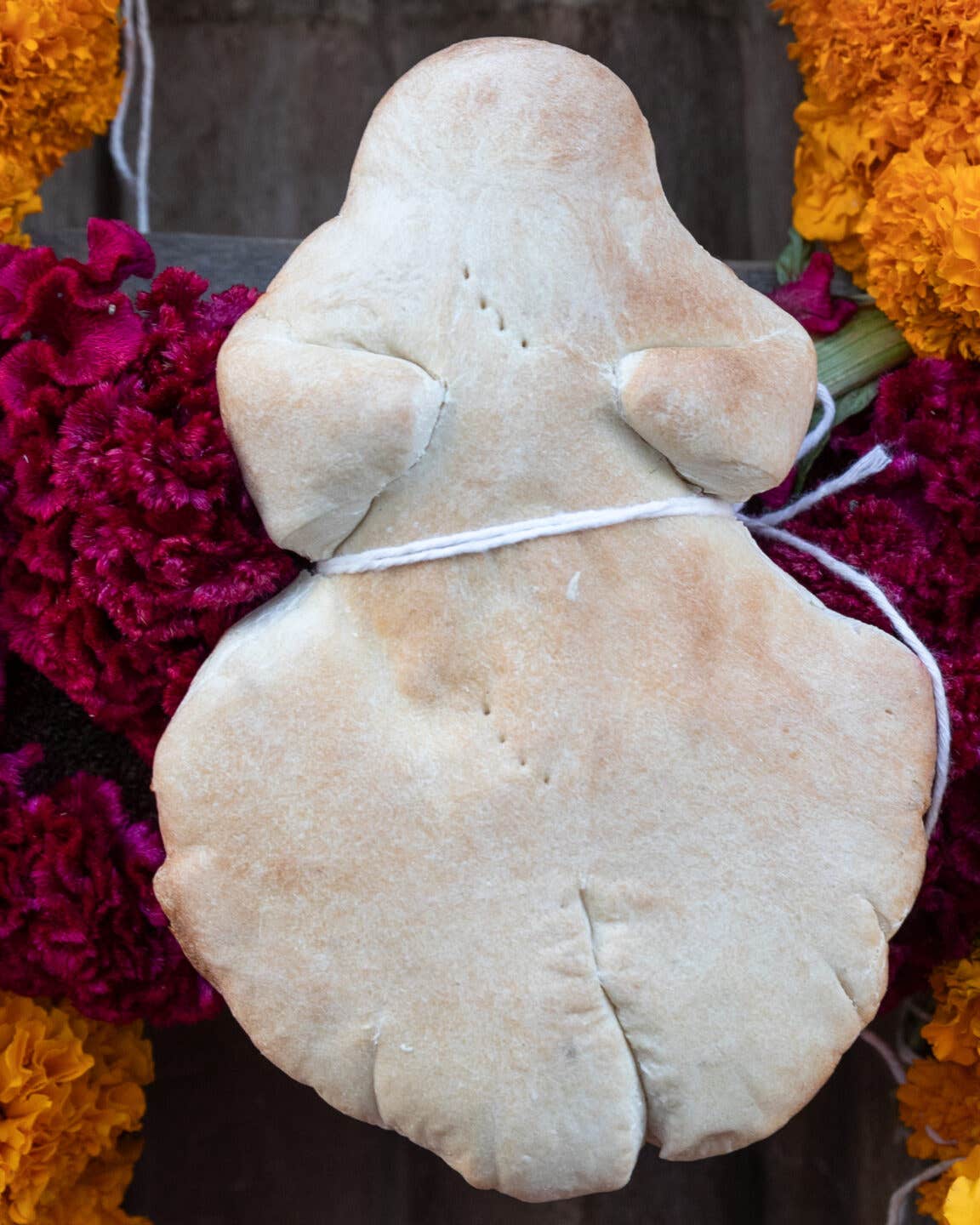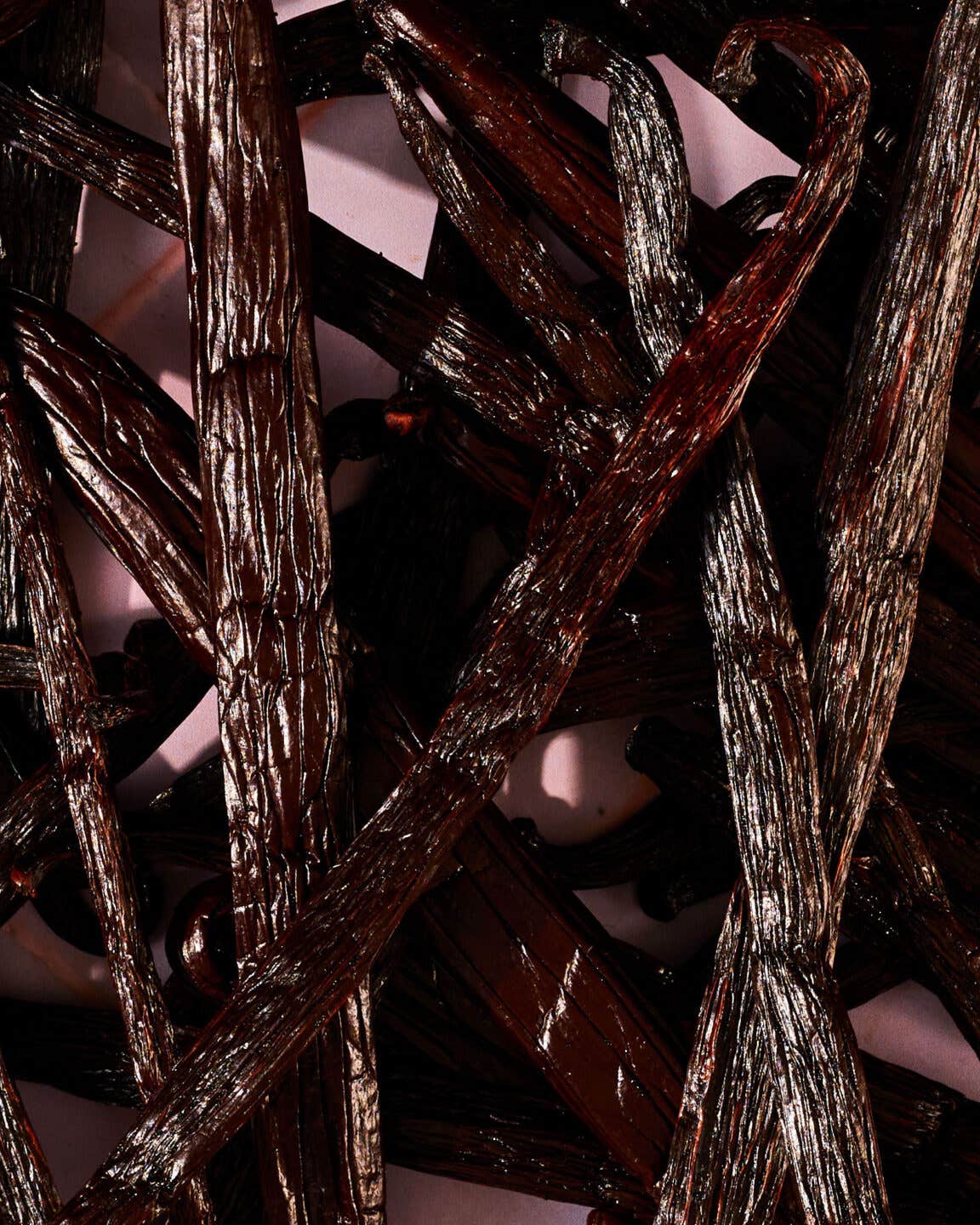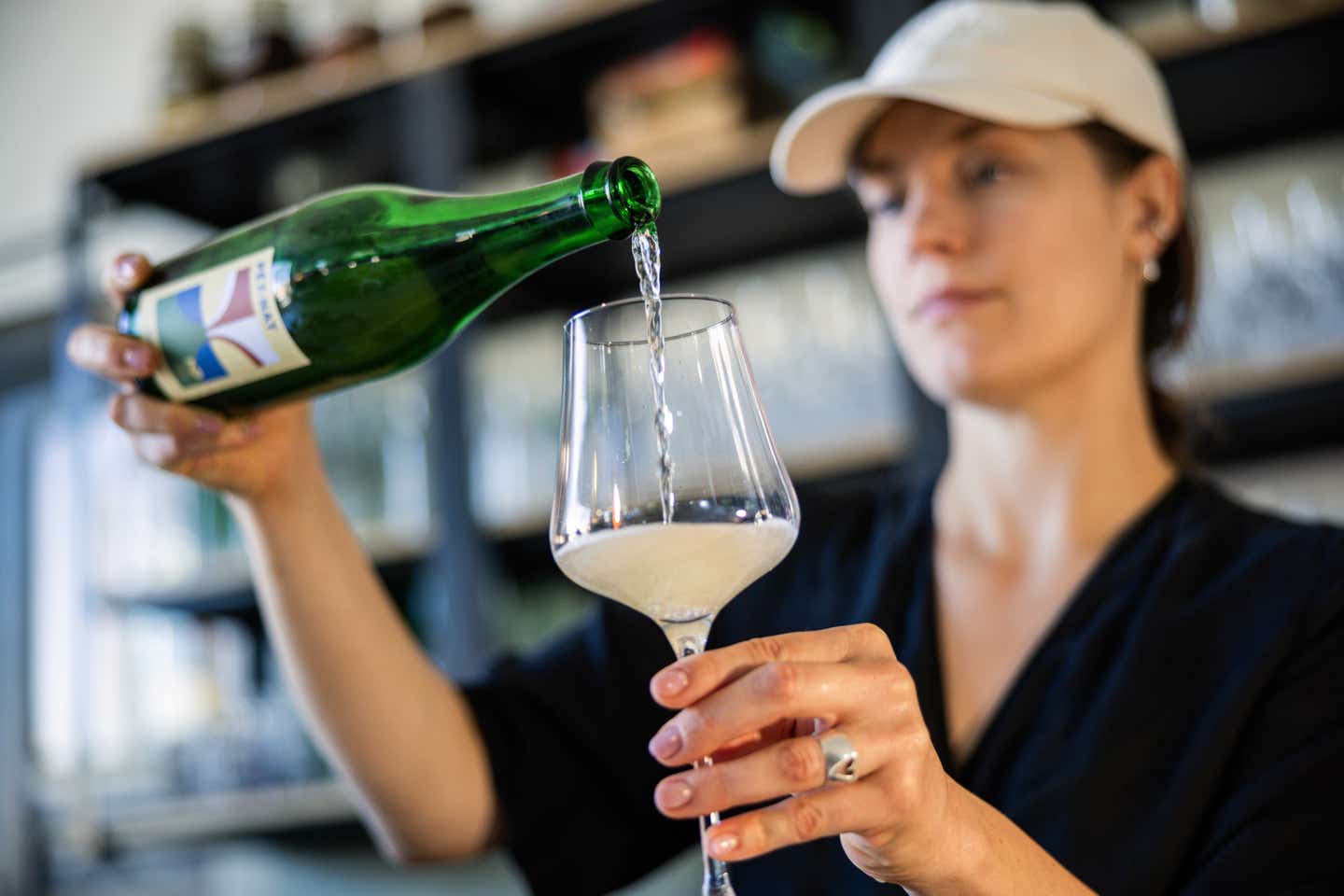
Pâté; as a Way of Life
In France, spiced ‘meat loaves’ are a savory reminder of how wonderful food can be.
Foremost in my first attempt, some decades ago, at making a professional terrine were the hearts and livers of the quail. Given the size of that bird and the fact that I had to fill four rather large oval terra-cotta vessels, the number of organs was, as you might imagine, impressive. Thankfully, there were other ingredients to help bulk that slippery, bloody mass of tiny pumps and filters: minced pork belly, small cubes of Bayonne ham, and a generous dice of black truffle. While the seasonings were measured in grams and the alcohol in milliliters, the chopped fresh herbs were to be incorporated in experienced handfuls, amounts that chef Jean-Pierre conveyed to me as ''Beaucoup, mon petit, beaucoup! Allez! À la main, mon brave!''—eventually followed by a few gentle words of English to give reassurance to this 16-year-old novice: ''Be generurze, Simon. We 'ave to make it vurry tasty, non?'' And so it was, in the kitchens of La Normandie, the Champeau family's very French restaurant in the north of England, that I learned to make terrine de caille.
I've probably concocted and eaten thousands of pates and terrines since then, and can conclusively state that no one makes them better than the French. In fact, a slice of pate maison (literally, ''pate of the house'') or pate de campagne (''country-style pate'') should be part of everyone's daily diet when in France. This became my cardinal rule when I was a lad, on one of my first continental holidays with my parents in the Loire Valley. It was while shopping for a picnic on a warm and sunny morning in the town of Loches that I first became aware of the skill and talent of charcutiers (literally, ''meat cookers''). A duck pate did it. Apart from the look of the thing—a gorgeous, wide, pale-pink slab surrounded by a thin sheet of white fat—it was the intoxicating odor of garlic and liver in the confines of our hot and stuffy Renault that made me realize this was unlike anything I had ever eaten at home. And the manner in which the pate was so confidently sliced, then swiftly and deftly wrapped in pink waxed paper and presented with a beaming smile, helped impress upon me forever how wonderful food can be.
Eating good pate is simply a way of life in France. Many households have their own treasured recipe, and even some supermarket renditions are acceptable. A handful of small restaurants in Paris take particular pride in their versions. At Chez Cartet, for example, on a quiet street just off the Place de la Republique, Madame Nouaille will plonk three or four terrines maisons on the table with a pot of cornichons, leaving you to slice and devour at your own pace until satiated. My favorite, terrine aux herbes de Provence Madame Cartet, is generously laced with shallots, garlic, thyme, marjoram, oregano, summer savory, cinnamon, allspice, cloves, and nutmeg—it is quite exceptional. Similarly, Chez la Vieille ''Adrienne'', tucked behind the Samaritaine department store in Les Halles, challenges even the most greedy trenchermen with battered dishes heavy with fromage de tete—a chunky, robust headcheese terrine—and deeply savory terrine de lapin.
The distinction between pate and terrine has long been muddled. Traditionally, the word pate—derived from the Old French paste, meaning ''pastry'' or ''dough''—denoted a baked dish of seasoned ground meat encased in a pastry shell. By contrast, pate en terrine, or ''terrine'' for short, was baked in an earthenware dish called, yes, a terrine (from the French word terre, meaning ''earth''). Today, however, these preparations are also made with fish, vegetables, even fruit, and the words _pate _and _terrine _are used interchangeably, even in France. (And the term _pate en croute _is often used to specify a pastry-wrapped concoction.)
It is speculated that pates, which can be traced back to the Greeks and Romans, were developed as a means for preserving the yield from the annual pig slaughter. As pate making became more popular and spread across Europe, cooks vied to create new types. By the 1500s, a wide variety of pates, terrines, and their many cousins (galantines—stuffed loaves of meat or fish that are poached and usually served cold; ballottines—similar to galantines, except they are roasted or braised and usually served hot; mousses—rich, airy, sweet or savory concoctions served hot or cold; and timbales—molded meat, vegetable, or cheese preparations, often custard or rice based) existed.
Pates and terrines can be simple or complex, economical or costly, smooth or coarse. The main ingredient gives the dish its name—pate or terrine de lapin (rabbit), de gibier (game), de ris de veau (sweetbreads)—but there is usually some sort of liver, the essential ''softener'', involved. All pates and terrines need fat to provide moisture and to help bind ingredients, but the exact type varies. The success of a silky chicken-liver pate may require only the addition of melted butter to set perfectly, but a coarser mixture needs something more substantial, such as pig fat. Forget those modish, perhaps more delicate, and certainly more expensive additions of chopped foie gras as fat in some complicated layered terrines: It ain't the common lubricant of the land. (Although these days, unfortunately, foie gras is easier to find than fatback in many of the swankier food shops.)
As far as I am concerned, the late Richard Olney, an American long domiciled in France, penned the most accurate, informed, and passionate words on the subject of pates—and on gastronomy in general, for that matter. (He wrote some thirty-five books on food and wine, including the seminal French Menu Cookbook _and _Simple French Food.) It was through reading Olney's recipe for a poultry-liver terrine that the art of pate-making first made profound sense to me. In his version, no ingredient is forced through the angry blades of a food processor, and anything that does need to be thoroughly diminished is properly chopped with a sharp knife. He also recommends using just the ''heads'' of cloves, freshly crushed, instead of store-bought clove powder—and advises that all mixing be done by hand.
The idea that any old chef can knock out a decent pate or terrine maison, however, could not be further from the truth. To fashion the real thing requires traditional culinary thinking, a true understanding of the properties of seasoning, lots of laborious chopping, and a keen desire to (eventually) taste the first slice—hopefully with some good bread, a cool curl of Normandy butter, a crisp cornichon, and a glass of fruity beaujolais.
Whenever I prepare a pate or a terrine, I inevitably think of Chez Cartet's exemplary versions and Olney's uncompromising standards. Of course, what also comes to mind are Jean-Pierre's words of advice: ''We 'ave to make it vurry tasty, non, Simon?'' Mais oui, chef, mais oui.
Keep Reading
Continue to Next Story
